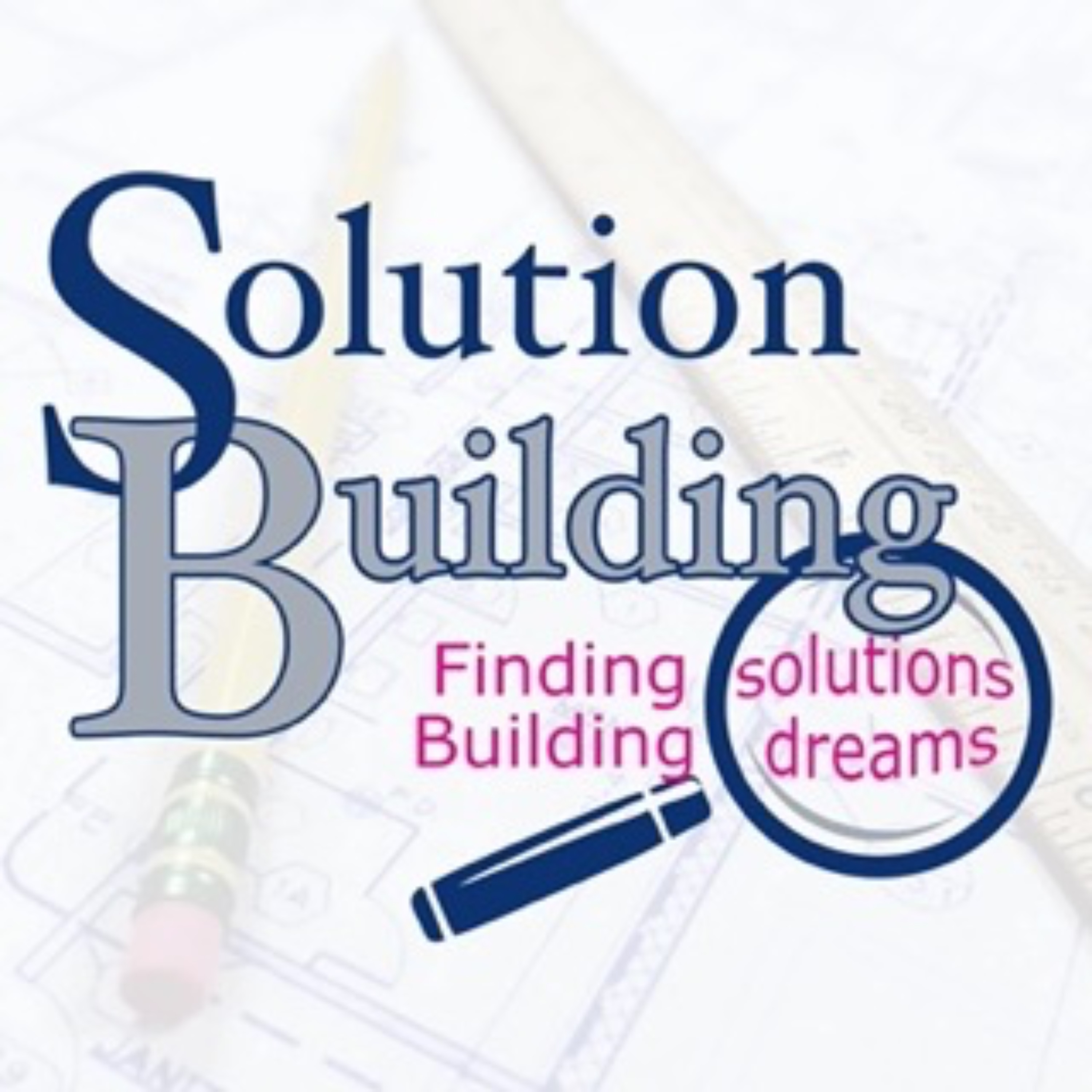Episode Transcript
It’s Hard to Keep Your Business in Balance Without a Plan
Most of us who are self-employed spend way too much time feeling like our businesses are out of control. We started our businesses with grand ideas and dreams. Then one day we woke up and wondered what in the world we were thinking.
Last week I wrote about needing a plan for building your business and how many businesses fail because they don’t have one. We compared a plan for building a business to a blueprint for building a building.
I recently finished reading the E-Myth Revisited by Michael Gerber. This book does a great job of pointing out the misconceptions around starting your own business and shows how commonplace assumptions can get in the way of running a business.
Michael walks you through the steps in the life of a business, from entrepreneurial infancy, through adolescent growing pains, to the mature entrepreneurial perspective.
Gerber draws the vital, often overlooked distinction between working on your business and working in your business.
As I read through the book I was reminded and encouraged to review and improve our business and the operating procedures. If we don’t have a plan and aren’t intentional about implementing it, we are doomed to failure.
Business is like a three-legged table. If one leg is short, it gets kind of wobbly.
I know I have felt this way about my business and sometimes still do. This is why after reading the book I was reminded that I have not been giving each of the leg’s equal attention.
You have probably heard the saying ‘feast or famine’. This is used quite often in the building industry. It refers to the common problem of having way too many projects to do. Or not having enough and worrying about how you are going to pay the bills if you don’t get some work soon.
Sometimes this is caused by situations beyond our control. The economy, the weather, or some other external force. More often than not it is due to an ‘out of balance business’…like a table with a short leg.
As in Gerber’s book, we usually start a business knowing the trade but not having any experience in operating a business. We know what we know and don’t know what we don’t.
We started out by learning our trade as an apprentice, while working for someone else. I know this is how I got started. The problem with this is that while I learned how to build a building, I wasn’t taught how to build a company.
Like a three-legged table, when all the legs are the same length, it provides a level sturdy platform for my company to sit on. When any one or two of them is short the table starts leaning and begins to tip over. If it tips too far the company will slide off.
It’s never good when a company crashes onto the floor.
The three table legs of a construction company are:
1 – Sales/Marketing – Searching for and finding customers that you can help by providing your service and/or product through word of mouth, advertising, and awareness. Meeting with potential customers, determining what they want/need, and preparing estimates, proposals, and contracts.
2 – Production/Operations – Organizing, scheduling, and maintaining the projects. Determining who the right people are to perform specific tasks. Knowing the parts that are needed and making sure they fit. Maintaining communication between all parties involved. Ordering, delivery, storing and returning of building materials. Facility and equipment maintenance and repairs.
3 – Administration/Finance – The preparation of documents needed to communicate, track, and record all aspects of the business. The filling out and filing of income, expense, banking, and tax papers. This leg is one of the easiest for ‘tradespeople’ to neglect and can cause the table to lean quickly.
The top of the table – This is the big picture planning and organizing of the company. It’s what connects the three separate legs. It’s one of the hardest parts for the tradesman to understand and the most important. If there is no attention or work done on this part, you may just as well throw the legs in the fire and go to work for someone else.
It’s easy to give too much attention to one or two legs and forget the other parts. To get so focused on the production of a project and forget to follow up with a new customer. To get so into preparing proposals that we forget to invoice. To work so diligently on tracking expenses that we don’t leave enough time for working on the project.
There is no perfect solution to keep the table from ever leaning. The most important thing is to BE AWARE that it can happen, UNDERSTAND the problem, gather INFORMATION and get INSTRUCTIONS about the tools needed to keep the business from crashing and LEARN how to use these tools in your business.
Keep your business from crashing by intentionally working to keep the table balanced.


